The Ponte Vasco da Gama bridge is a cable-stayed bridge flanked by viaducts and a range of views that spans the Tagus River in Parque das Nacoes in Lisbon, the capital of Portugal. The magnificent bridge is 17km long though 10km of which passes over water, making it the longest bridge in Europe when it was opened in 1998 and still today one of the longest in the world.
Vasco da Gama has the same length as the road-rail tunnel bridge linking Denmark and Sweden. The bridge’s vastness enforced engineers to factor in the curvature of the earth during its construction. That makes it a wonderful feat of engineering, made up of numerous sections supported by pillars, built at a cost of one billion US dollars.
Ponte Vasco da Gama bridge was well inaugurated on March 31, 1998, after 18 months of day/night work construction, and just in time to carry visitors from southern Portugal, Spain, and other parts of Europe to Expo98.
The Vasco da Gama is surely not as charismatic as Lisbon’s other bridge the golden arched Ponte 25 de Abril but its sheer size and ability just to stretch out into the horizon is an engineering marvel. Lisbon has always been plagued with heavy traffic issues and during the mid-’90s traveling south out of Lisbon had become insupportable with the six lanes of Ponte 25 de Abril simply unable to handle the volumes of commuters.
Suggestions for a new bridge had been bounced around for decades but the distance to traverse, poor foundations, and the possibility of seismic activity had always pushed the construction costs beyond that of which the government could have the funds.
The opening of the bridge coincided with the opening of Expo 98 as floods of Spanish and European tourists traveled to Lisbon from the east of the city. The value presently set for enlargement is when the average number of cars exceeds 52,000 per day and it is expected within the next 6 years.
The bridge has a life expectancy of more than 120 years, having been designed to withstand wind speeds of 250 km/h and hold up to an earthquake 4.5 times stronger than the historical 1755 Lisbon earthquake estimated at 8.7 on the Richter scale.





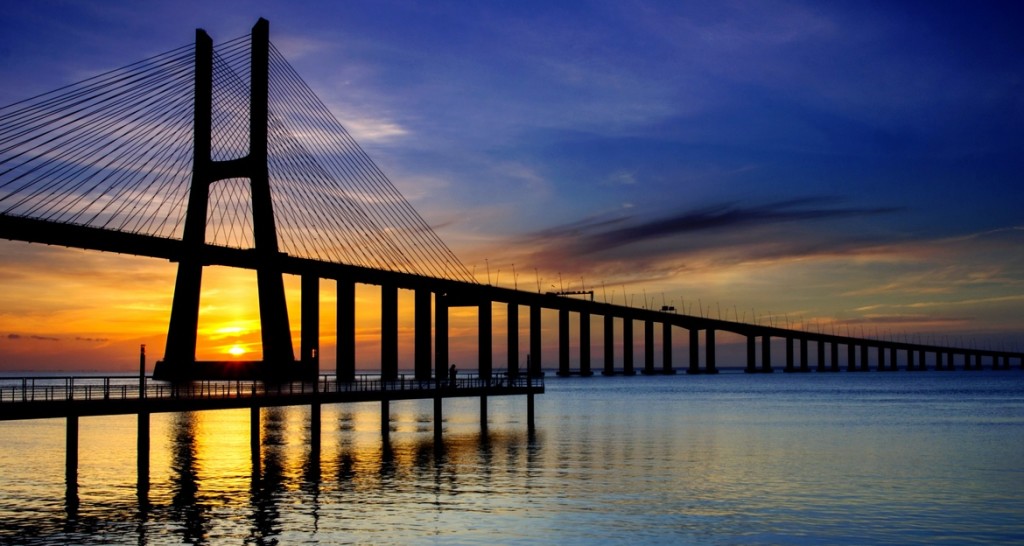
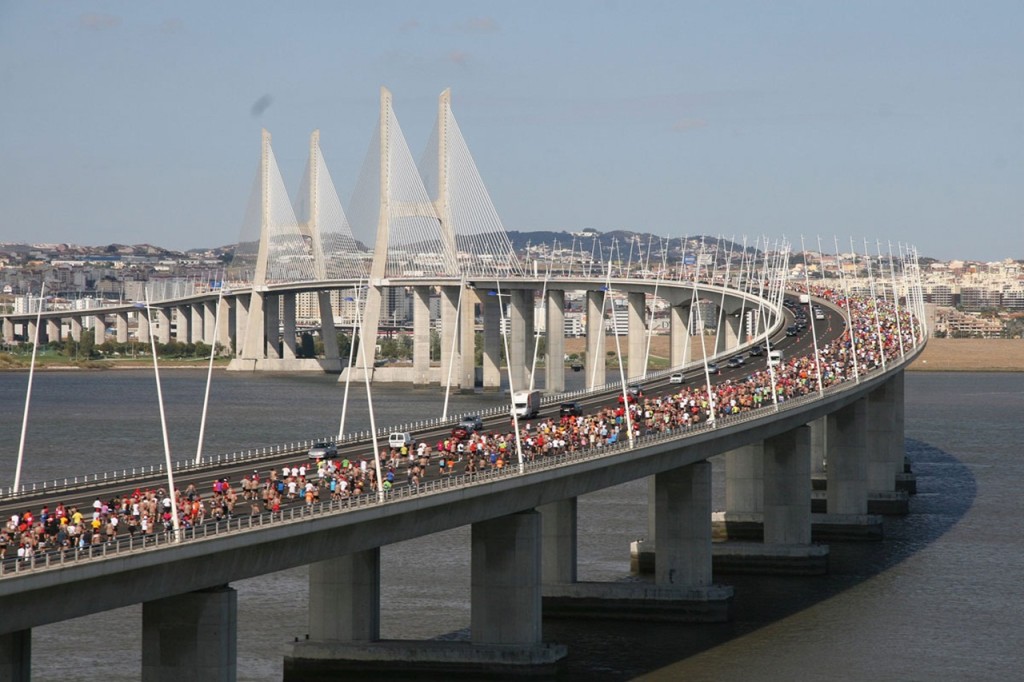
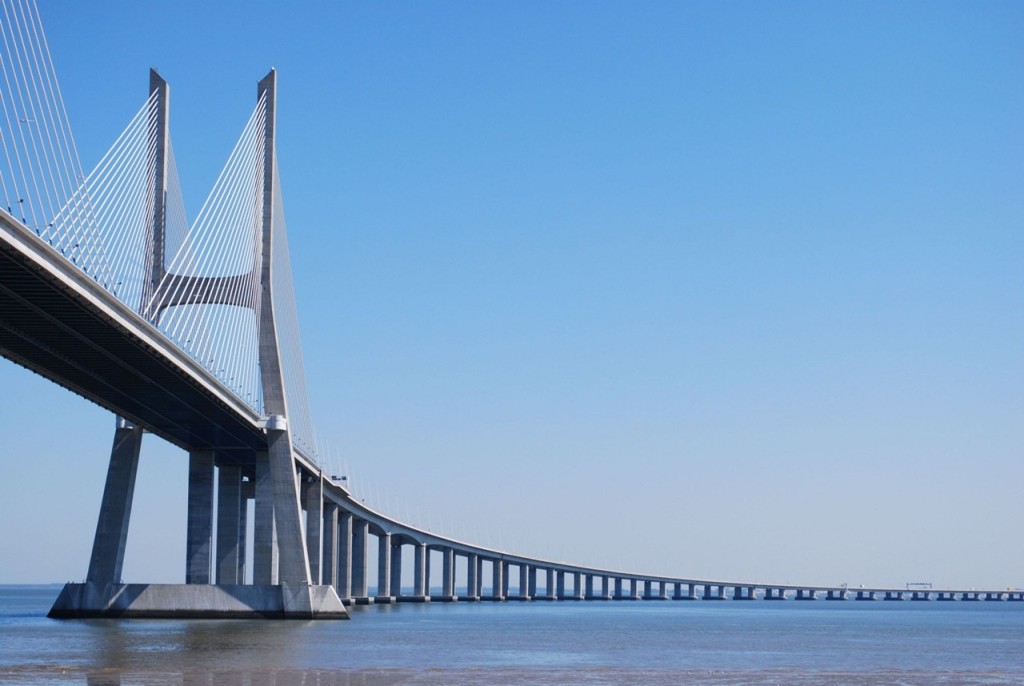

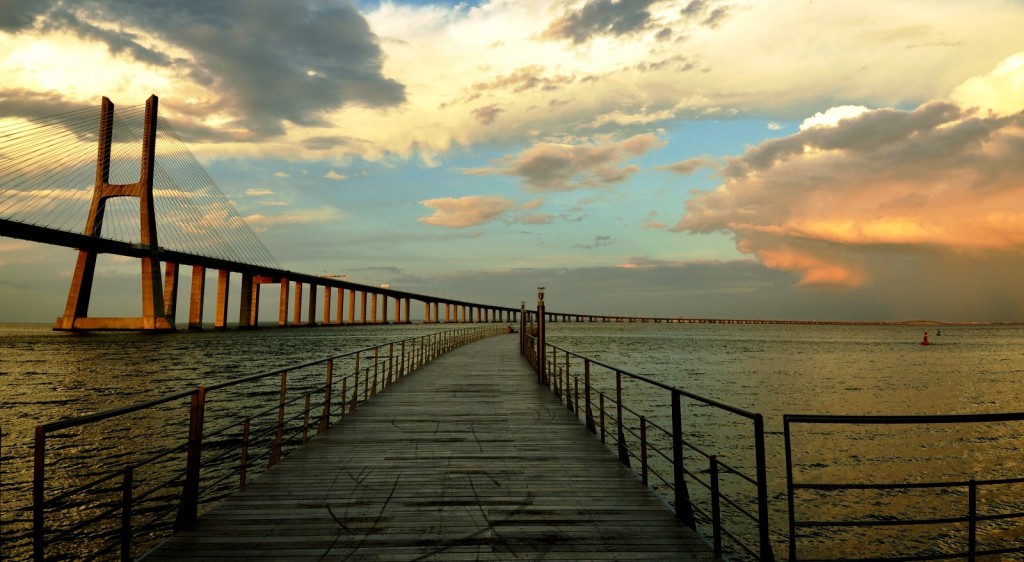
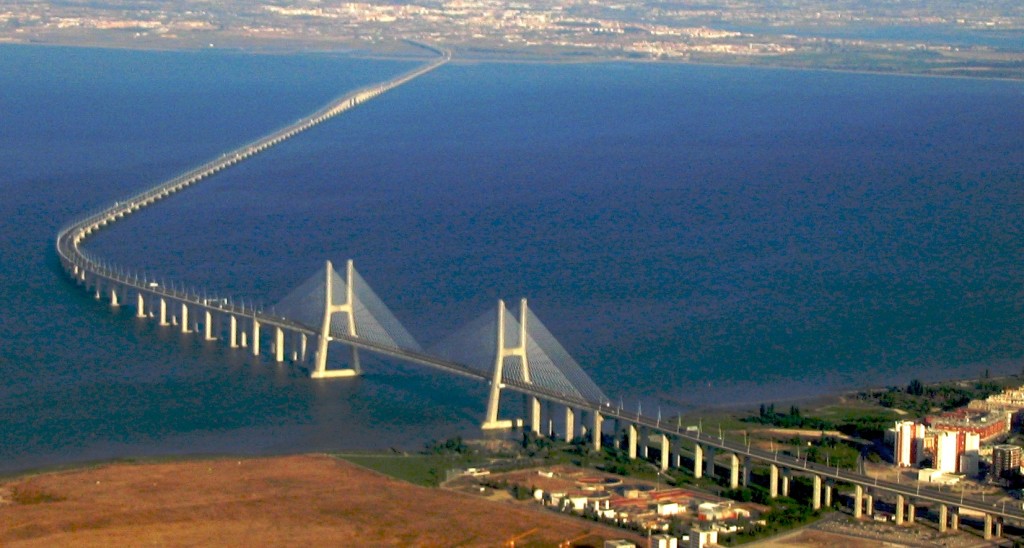

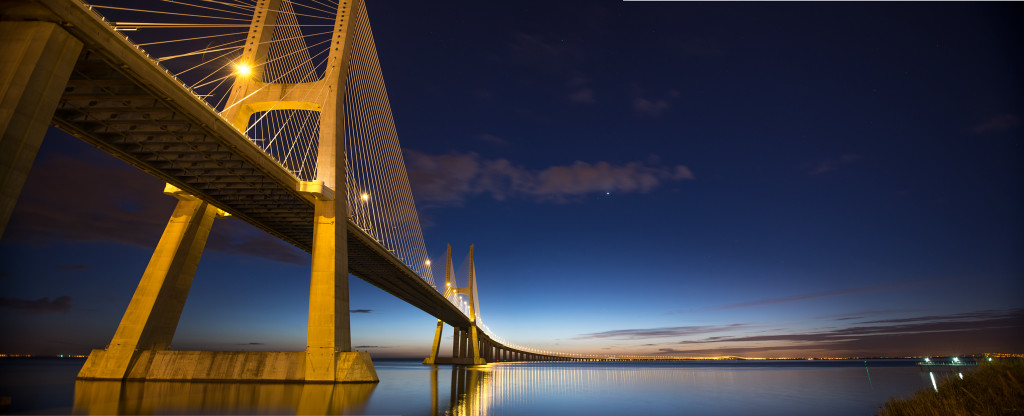
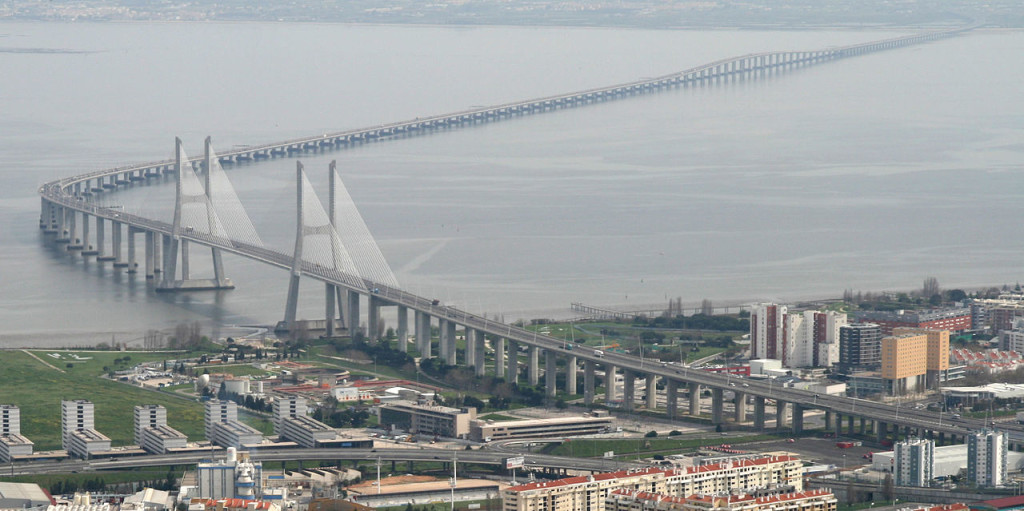 Read !
Read ! 




